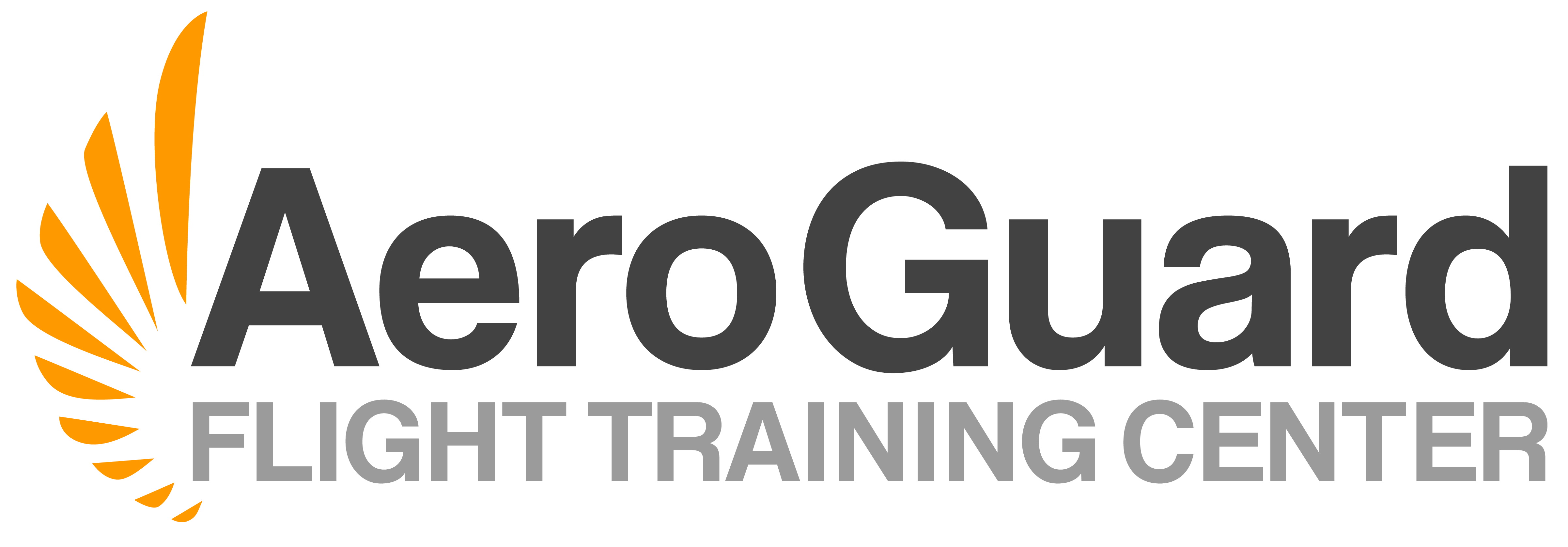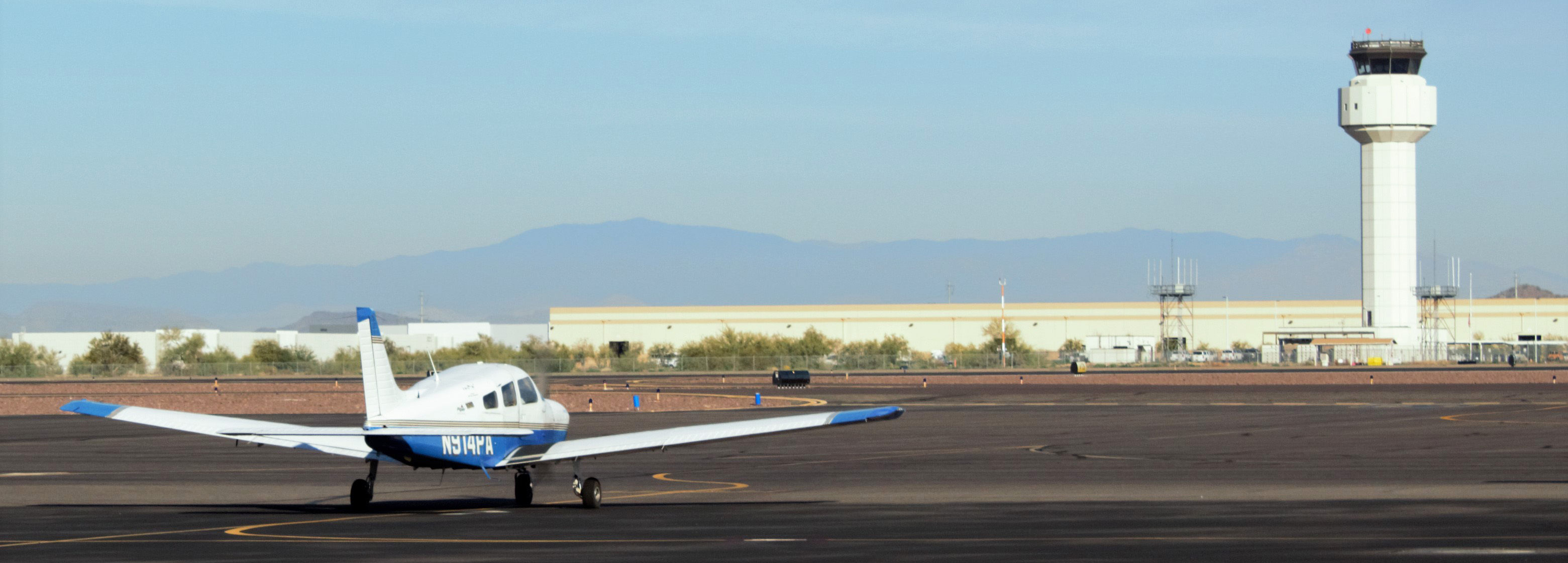Flying Safely with AeroGuard
Here at AeroGuard, our first concern is the well-being of our students and staff. AeroGuard sets a higher standard, prioritizing success, quality and flight safety, unparalleled by other flight programs. Monitoring all activities, encouraging safety reporting and optimizing operations is just a small part of what AeroGuard does to continuously develop and better its safety.
AeroGuard’s Director of Safety, Jack David, has extensive experience in the aviation industry, having had many safety-related roles at a variety of pilot schools. David’s expertise makes him an excellent asset to the AeroGuard Team.
“I became the Safety & Quality Manager in 2008 for a previous employer and that is where I developed the concept of combining Flying Safety with Six Sigma Statistical Process Control. This concept turned out to be very successful, resulting in substantial improvements in flying safety,” David said.
David has worked diligently to develop and implement these same safety measures to make AeroGuard a safe place to learn to fly.
Q: How Does AeroGuard “Set a Higher Standard” for Flying Safely?
A: AeroGuard uses a robust Safety Management System (SMS) based on facts and data-driven decision making — never hunches. Utilization of the SMS creates a structured approach to safety, in which goals can be set and performance can be measured to continuously ensure AeroGuard pilots are flying safely in the air.
AeroGuard utilizes Six Sigma Statistical Process Control methods to determine effective solutions for safety improvement.
A Pareto chart is used to determine causal and underlying factors of a safety occurrence. This is “a Six Sigma, sophisticated statistical analysis tool that nobody else particularly in the pilot training business uses as far as safety is concerned,” David said.
To analyze safety hazards, AeroGuard uses a risk assessment matrix, also based on a Six Sigma tool called a Failure Mode Effects Analysis. This tool is used to help calculate, identify and mitigate safety risks on an ongoing basis.
“We are cutting-edge as far as the analysis tools we use,” David said.
Q:Â How Does AeroGuard Prepare Students for Flying Safely in the Air?
A: David works to ensure overall safety by directing a series of briefings.
“I conduct a pre-solo safety briefing which contains safety tips of information, prepares the student for what they can expect in terms of operating in the Air Traffic Control environment, reviews some of our previous mishaps and occurrences, avoidance strategies and we talk about a few other things like what to do if the airplane has a maintenance problem,” David said.
In addition, David also conducts safety briefings to recently hired employees as a way to demonstrate the importance of flying safely to those who are new to AeroGuard. These briefings focus on AeroGuard’s Safety Policy Statement, as well as the programs and reporting systems AeroGuard utilizes to avoid mishaps and strengthen flight safety.
The use of a Duty CFI is another great way AeroGuard works to improve its safety efforts. A Duty CFI is essentially a safety monitor, there to make certain that students are prepared for solo flight. The Duty CFI tracks and monitors solo flights on a radar system and analyzes current and trending situations, including weather, navigational aids, airspace, airport restrictions, environmental conditions, etc., relevant to each solo mission. The person in this role can modify or cancel flights as necessary if any safety issues are prevalent.
AeroGuard planes are all equipped with ForeFlight Sentry devices, which connect their iPads and Flight Planning to show weather in the area as well as any other nearby planes. This improves their safety in the air by having up-to-date information at their fingertips.
Q:Â What Key Safety Practices Does AeroGuard Focus On?
A: With AeroGuard’s Safety Stop Program, “any student or any instructor can stop any flight anytime they feel that it’s necessary for safety reasons,” David said.
It is the responsibility of an employee or student to notify dispatch and have a flight “safety stopped” if necessary. The Safety Stop Program goes hand-in-hand with AeroGuard’s team-oriented environment, as it’s incredibly important to work together and ensure everyone is flying safely.
An important tip to keep in mind is to prevent, avoid and mitigate potential safety issues. AeroGuard focuses on familiarizing with, recognizing and avoiding situations that can lead to a safety mishap, working constantly to enhance safety for its students and staff.
To reinforce the importance of safety, David created the “Thumbs Up” Award, given out quarterly to flight instructors and/or students who distinguish themselves by voluntarily participating in the Safety Reporting program, who have not experienced a mishap and/or have exhibited outstanding feats of airmanship that either avoided a safety occurrence or enhanced flying safely. Keep an eye out for recent “Thumbs Up” Award recipient posts on AeroGuard’s Facebook, Twitter and Instagram pages!
AeroGuard is constantly working to develop, implement and improve safety standards. Put simply, there is no safer place to complete your pilot training.
“What I like most about AeroGuard is the friendly and cooperative atmosphere and the genuine desire of all the staff to support flying safety, to do the ‘right thing’ and to work to continuously improve our level of safety,” David said.
Flying safely begins with AeroGuard FTC. Start your journey today!


